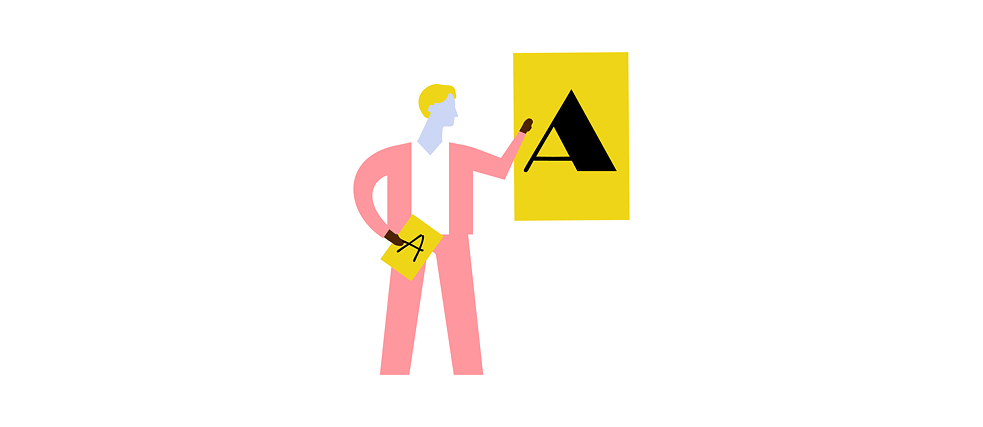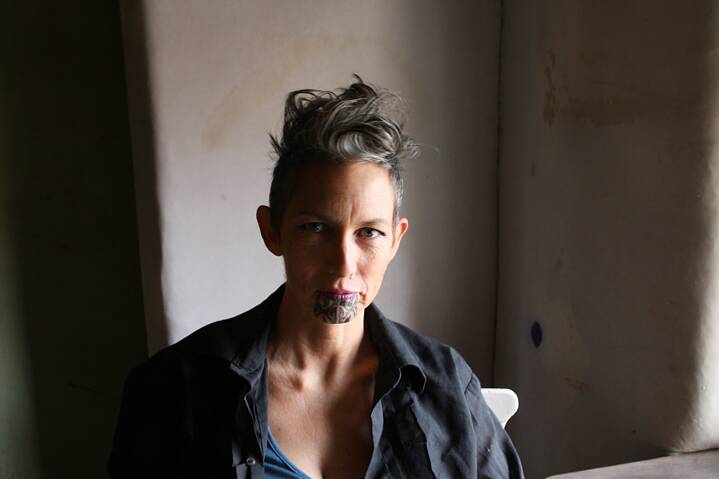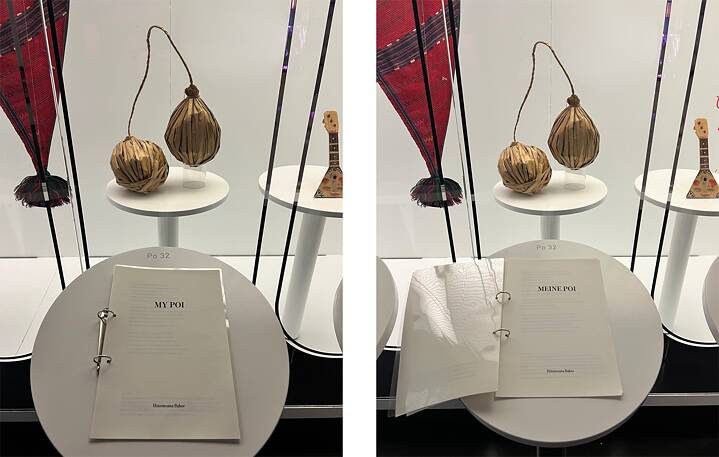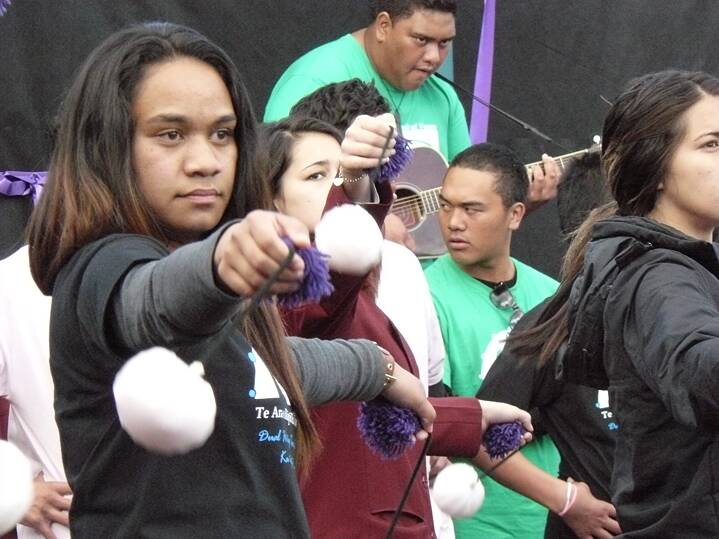Word! The Language Column
Speeding Down the Endless Red Slipway

Ulrike Almut Sandig, a prize-winning poet in her own right, also translates poetry into German. What makes this such a challenging endeavour? What’s the story behind “free adaptation”? Our new columnist opens the doors to her workshop – and takes us all over the world from there. First stop: New Zealand!
By Ulrike Almut Sandig
There may be two different ways of reading. One is to seek confirmation of my own views. Which is justifiable – it’s empowering. The other involves seeking, too, albeit without any specific goal, and it rewards me with real discoveries. This kind of reading liberates me from my own limited perspective. And it has a steep learning curve. Through reading, I come to understand what it really feels like not to have a German passport, not to belong to mainstream society, or simply not to be myself.
Translating is reading 2.0
I find translating the most intensive form of reading. Considering every single word and every use of language from every side gives rise, in the best case, to a work of literature that can be read in my mother tongue just like an original, and from which I learn about things that don’t exist in my culture. I can discover this different perspective most intensely in poems. In the narrowly circumscribed linguistic space of a poem, not only do I see the world with different eyes, but I hear how it sounds.Traveling across space and time
And so will you, too! In the six instalments of this column, I’m going to present six different poems in translation. Our world tour will criss-cross the globe – and the ages, too, because poetry is also sometimes a time machine.Our first poem takes us to Aotearoa, which is the Māori name for New Zealand. The poem is by Hinemoana Baker, whom I met at an astronomy conference in New Zealand in 2012. On her Māori father’s side, Baker’s ancestral lineage goes back to the Ngāi Tahu tribe on New Zealand’s South Island and the Ngāti Raukawa, the Ngāti Toa and the Te Āti Awa on the North Island. But she also has ancestors from England and Oberammergau in Bavaria.

Hinemoana Baker | Photo: Ashley Clark
Poia far, my Poi, wania far
Hinemoana tells me that the Grassi Museum of Applied Arts in Leipzig asked her to write a poem about a pair of New Zealand poi (traditional tethered weights, often small balls tied to a cord) in their collection. That called to mind a graceful, fast-paced poi performance by some Māori schoolgirls we’d seen at Tolaga Bay, a village on New Zealand’s North Island, back in the days when we’d first met.Hinemoana rhythmically recreated the bopping and bouncing of the little balls! Even the language itself bops playfully back and forth between New Zealand English and te reo Māori, mixing in a 19th-century pātere by Erenora Taratoa, a leader of the Ngāti Toa Rangatira/Ngāti Raukawa tribe. Pātere are traditional “dissing” songs composed and sung in reaction to slander or disparaging remarks. The pātere she’s quoting from here is called Poia atu taku poi. When I asked her what it means, Hinemoana translated the first two lines for me, “Poia atu taku poi, wania atu poi…”, roughly like this: “Swing far, my poi / Skip far, my poi”.

REINVENTING GRASSI.SKD, GRASSI Museum of Ethnology in Leipzig | © Staatliche Kunstsammlungen Dresden
Cheeks and checkbooks full of air
In the boisterous dance of her verses bouncing back and forth between English and Māori, I discover the self-assurance of an indigenous culture that proudly asserts its place in the present-day world despite the social divide between its everyday reality and that of the Pākehā, the descendants of the British occupiers. A culture jauntily “speeding down the endless red slipway” of time. Heading where? Into the heart of indigenous modernity, of course: you no ancestor!

Tolaga Bay, Aotearoa New Zealand 2012 | © private
Word! The Language Column
Our column “Word!” appears every two weeks. It is dedicated to language – as a cultural and social phenomenon. How does language develop, what attitude do authors have towards “their” language, how does language shape a society? – Changing columnists – people with a professional or other connection to language – follow their personal topics for six consecutive issues.